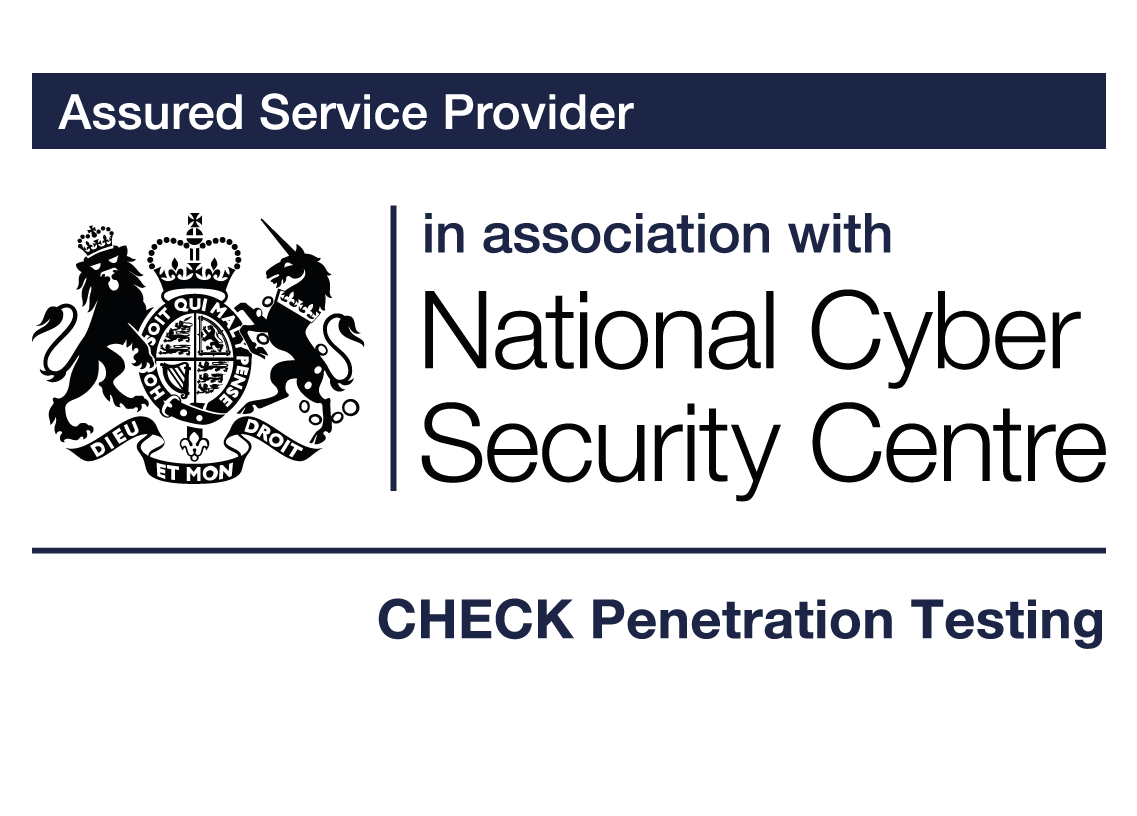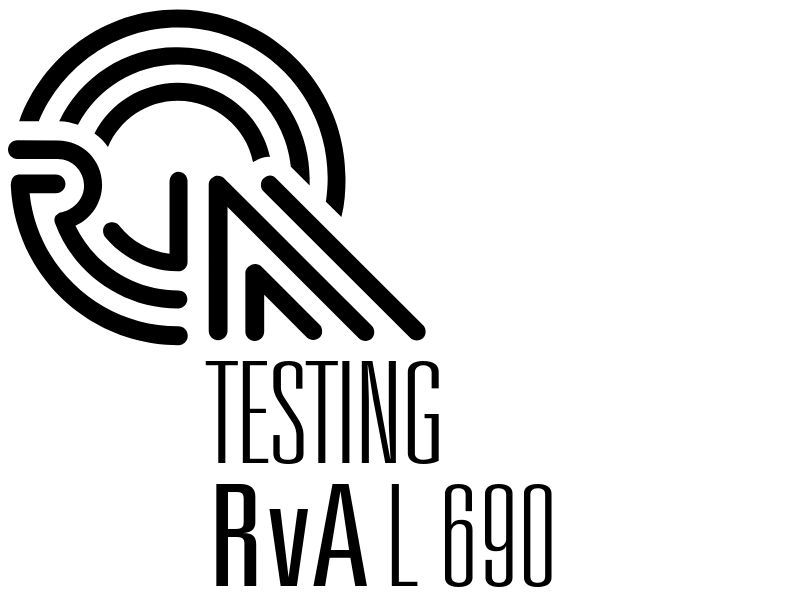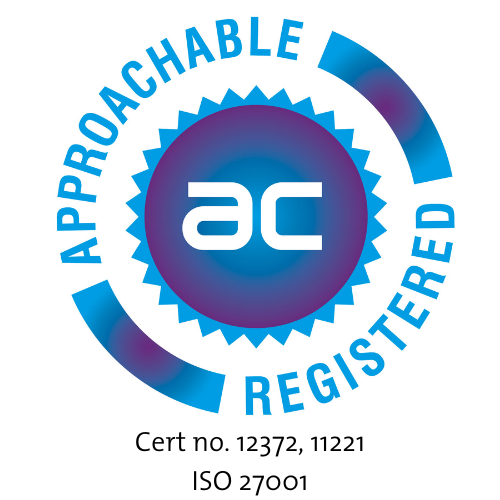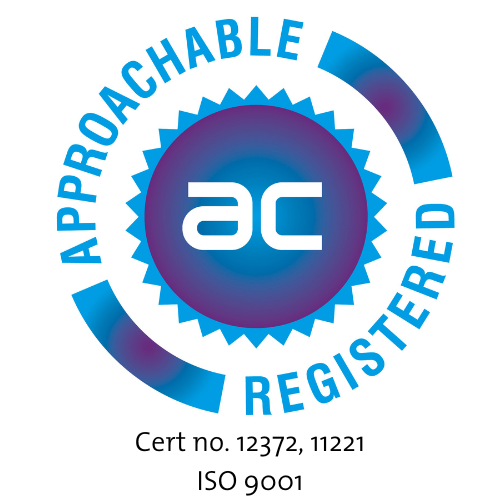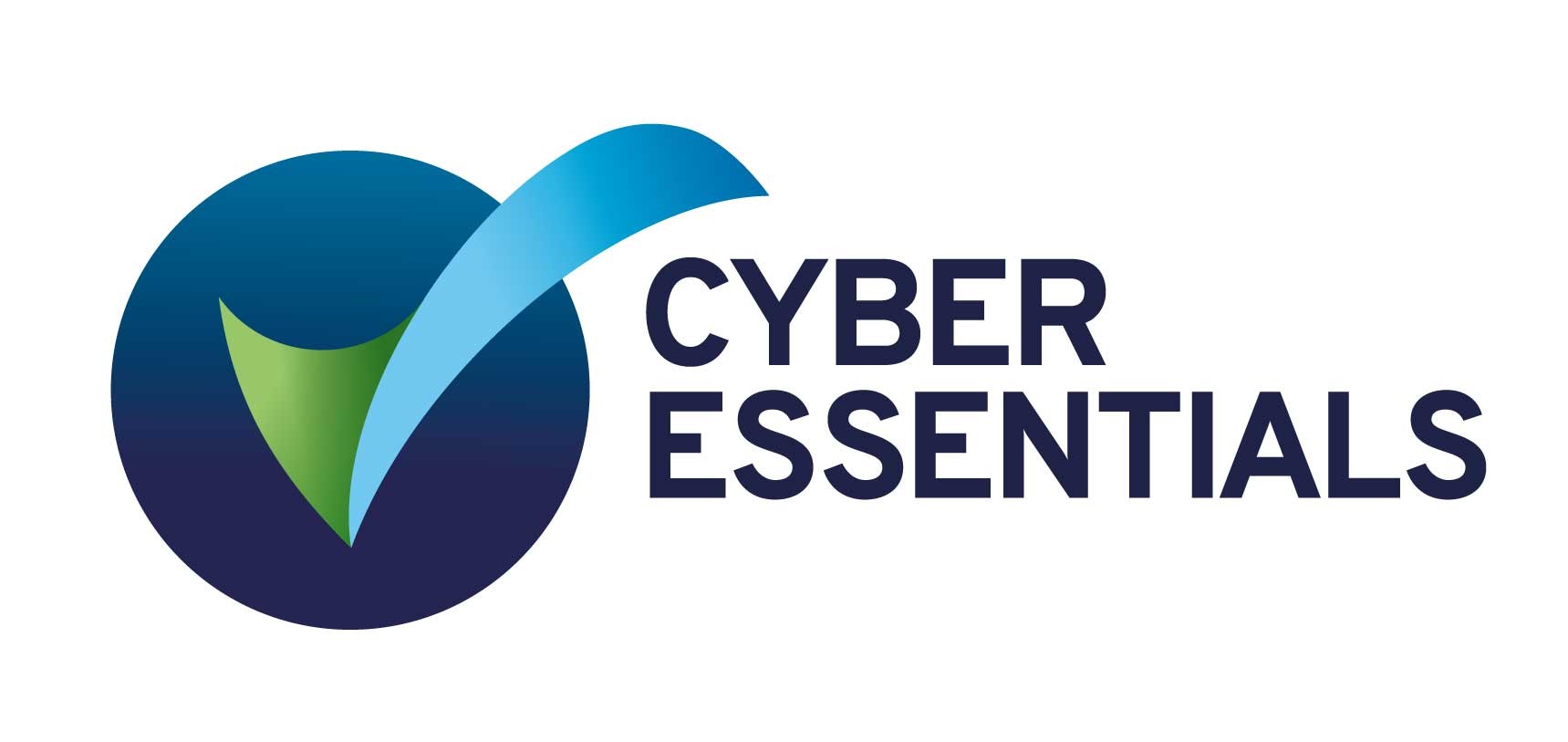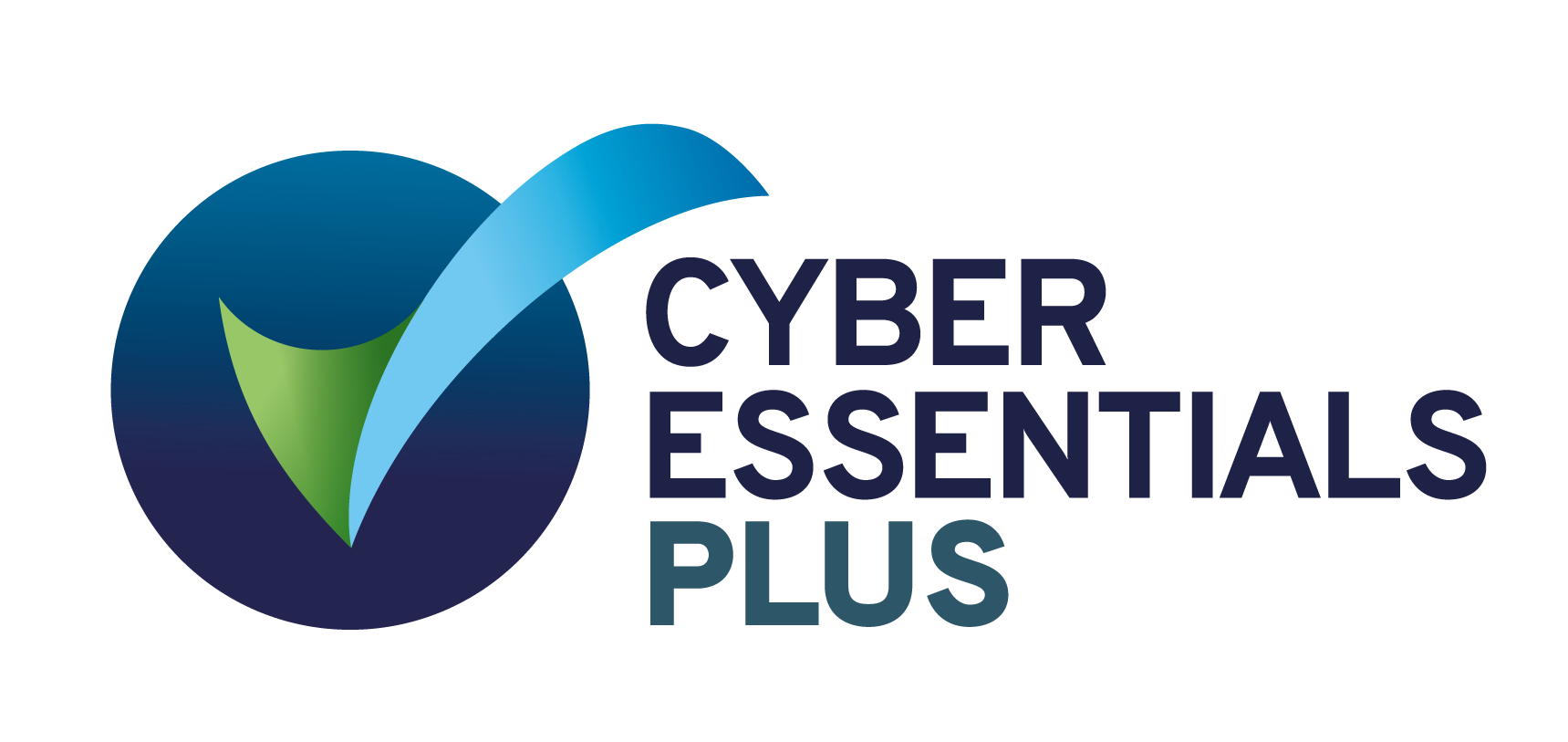Exploring the future direction of embedded electronics at Embedded World
The recent Embedded World Nürnberg 2024 event gathered together the key players in the future of embedded electronics to showcase innovations and scope out the plans and thinking of other influential stakeholders. Behind its doors, stakeholders share developments that may – or may not – take off, explore new standards and updates, and often witness the first implementation of new technology.
This well-established, annual convention has a tight focus on the core hardware used in embedded electronics, making it the perfect opportunity to establish a benchmark for the state of the industry.
Our team members immersed themselves in the insight and outstanding innovation, and the following takeaways stood out.
Edge AI was a strong theme
Edge AI dominated the scene and the bigger booths in particular had put a lot of effort into displaying their AI capabilities for automotive and public functionality and web services domains.
There were impressive demonstrations of capabilities, including real-time person detection and tracking. For public sector organisations, for example, connecting street cameras to edge AI can identify individuals by how they walk, tag anyone suspicious and track them from camera to camera with no need for manual searching. This capability is underpinned by single-board computers that only utilise passive cooling components while running the AI program on a small form factor.
A high bandwidth data dilemma is emerging for edge AI
Today, it’s taken as standard that real-world applications of edge AI will continue to increase, deployed in diverse situations ranging from automotive safety features to people detection and that different detection systems will start to communicate more.
Increasingly, across the board, edge AI is using high-bandwidth sensors for data collection and relying on high-quality video cameras such as 4/8K cameras, sometimes in a setup using multiple cameras per single-board computer. Embedded World highlighted how the industry isn’t yet aligned with one route to overcome this high bandwidth data dilemma and manufacturers are taking different approaches to collecting data for their reference designs.
For example, Altera is making a transition towards MIPI D-PHY, believing this interface is more robust, easy to implement and future-proofed in comparison to alternatives, such as USB. Others such as Infineon, however, believe USB is the better approach for this type of data collection. At the event, Altera had a person detection setup with their FPGA on a 4K camera using D-PHY, while Infineon had the world’s first dual 4K (10Gbps) USB 3.2 generation 2 camera setup.
It’s too early to tell which approach will dominate and the industry might yet settle on determining the USB – MIPI decision based on the use case.
Automotive is transitioning from a pure security focus to safety and quality
It was striking how rapidly the automotive sector’s use of AI is maturing, and our team felt that automotive manufacturers are setting a trend that others will follow. As manufacturers focus more on safety, they’re also identifying a requirement for quality – and this move is increasing the value of testing capabilities and quality assurance. Notably, MIPI, Qualcomm and Valens are collaborating to design a new specification for automotive data transfer (A-PHY, for example).
Testing is increasingly a hot topic
At Embedded World and beyond, we find that companies are always interested in testing, but test awareness, in general, is low. Talking with attendees, it was clear that many companies don’t know about the USB certification programme or other compliance and certification programmes.
Our team had a lot of conversations with suppliers and developers who wanted to discuss how they often get stuck when issues come up on the interfaces they use but they don’t have the expertise in-house to investigate or solve them.
On the one hand, there’s a lack of testing knowledge, and on the other, there’s a significant, large testing need within the EU and other regions. The EU legislation to mandate the use of Type-C connectors, for example, is pushing companies into unknown territory. And yet we believe there were only two or three companies that provide any testing services at the event.
Resillion: Under-the-radar testing expertise and services
The lack of awareness and expertise around the issue of testing was the most striking element of Embedded World. Our key takeaway was that we need to raise the profile of testing and make it a mainstream consideration.
At Resillion, we offer a broad portfolio of quality assurance, testing and cyber security services for hardware and software systems and devices, as well as pioneering uses of AI-driven testing, based on our expertise in AI and IoT applications. Most relevant to the focus of this year’s Embedded World are our testing and certification, and interoperability testing capabilities as well as our smart home technologies.
To find out more, please reach out to one of our specialist colleagues:
- Thomas Bisaerts, Account Development Manager Consumer Electronics ([email protected])
- Bart Grispen, Serial Data Test Coordinator ([email protected])
Want to learn how we can help?
Get in touch with one of our experts.
Our Accreditations and Certifications
